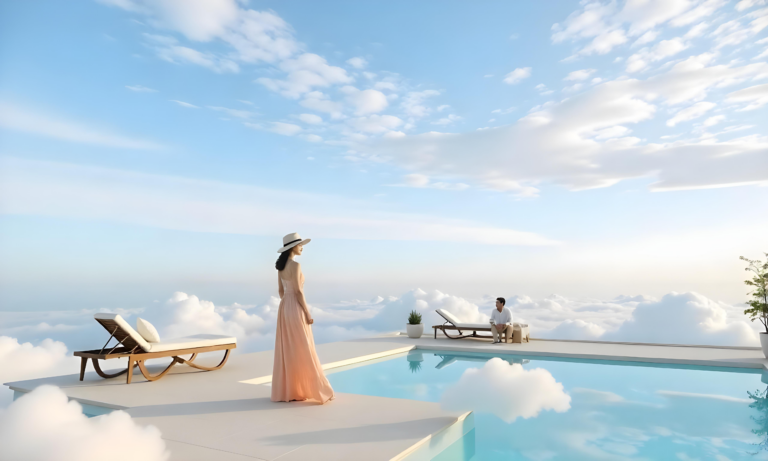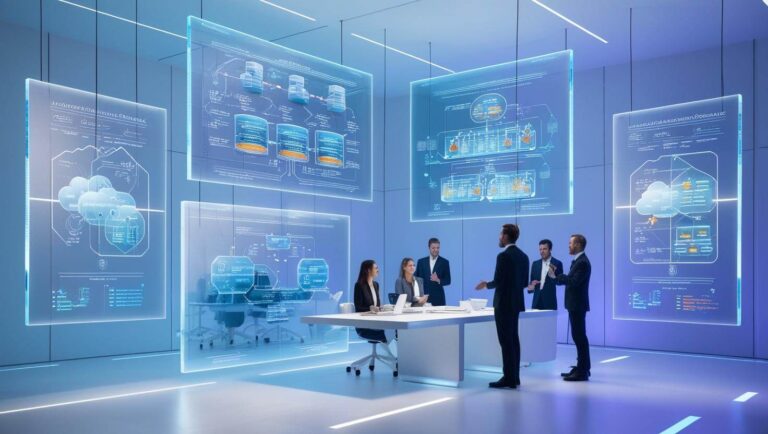An interview by RES – Hospitality Business Developers
Alessandro Angelini, Digital Technology Manager, and Platform Specialist at Trentino Marketing shares with us the secrets of Italy’s best DMO.
R: Hi Alessandro. To begin with, tell us about yourself.
AA: First, I’m a tourist and an adopted Trentino.
I am an old-school digital person. I studied as a programmer analyst and while I don’t have a degree, I have a lot of experience. In my first job, I worked as a consultant for Finmeccanica in Milan. Later, during a vacation in Madonna di Campiglio, I met a girl from Trento who became my wife. So I moved to Trento in 1999 and started working as an IT consultant for Aldebra Spa, an IT company that managed APT Trentino.
R: What was it like to work in IT in 1999?
AA: In one word: futuristic. What struck me was that APT Trentino was already digitized. For example, in ’98 they were already using email. Plus Aldebra created its own proprietary information exchange system. It worked like this: the central server connected with 14 branch servers, allowing the software to write information and events. All information was exchanged in two directions, from the headquarters to the periphery and vice versa.
R: How did your work change then?
AA: I basically became a web consultant. At that time, the first showcase and listing sites were created. Trentino was way ahead on this and there was already a database with all the hotels including photos and descriptions of services, combining the promotional and administrative part (e.g., criteria for having 3/4/5 stars, etc.) with a statistics service to unite all areas: pure science fiction.
R: A continuous digital evolution!
AA: That’s right! Since 2002 people started to think about how to sell hotel services and thus an early embryo of e-commerce was born. With the help of the Albergatori Union and Albergatori Association (UNAT and ASAT), each hotel had its own tab with links to an external system to buy rooms.
At that time the appetite for e-commerce increased and the province of Trento decided to move in that direction. The ambitious goal was to give all hotels the ability to sell their services online by 2003. So a new site was created. In this case, the information came directly from the hotels, by filling in a form with information and price lists.
This all happened before Booking.com…
As of today, reality reflects a complete process: the promotional, commercial, information exchange, and support parts work seamlessly together. We find ourselves with two systems: a dedicated website for support and one for e-commerce.
A tourism organization like the one in Trentino exists nowhere else. Both the Territorial Tourism Associations (APTs) and the people at headquarters take care of everything with great detail, and the goal is always to act as a team. To get to perfection you need a combination between the right people and the right tools.
R: Why is Trentino Marketing special and unique?
AA: A tourism organization like the one in Trentino exists nowhere else. Both the Territorial Tourism Associations (APTs) and the people at headquarters take care of everything with great detail, and the goal is always to act as a team. It is a typical example of a quasi-public but efficient company. To get to perfection you need a combination between the right people and the right tools.
R: What is your goal today?
AA: All investments are made to support businesses. More and more, we aim to make Trentino a brand known to a global audience and stimulate demand. We use targeted communication, coupled with informative content that leads to the final purchase phase. We have shifted from an on and off focus on e-commerce to an ongoing commitment to digitization. The revolutionary thing about our system is the ability to integrate information from external systems, allowing the tourist to have a complete experience.
R: Is reputation relevant to your tourists?
AA: The dynamic of reviews is increasingly relevant. During the first phase of the Internet, there were no reviews. Then, TripAdvisor entered and cannibalized the market. At that time hoteliers felt they were in check, every opinion, whether verified or not, could affect their hotel’s reputation. Later, Booking.com entered the market. Unlike TripAdvisor, Booking.com featured verified reviews. Next, Google started to work on providing complete review information to its many users. Our hoteliers then asked us to find ways to showcase their value to prospective guests. We held a public tender with the goal of providing a system that would aggregate all reviews and showcase quality on both Visit Trentino and individual hotel sites. TrustYou won the tender and became an important platform for us and the operators we work with. Today, TrustYou is 100% integrated with our platforms and we have widgets for 3500 facilities. It was a team effort that only an organized network/community could achieve.
R: Does using a system like TrustYou create healthy competition?
AA: I would say yes, using the platform is interesting and informative. Normally a hotelier running a 30 to 40 room hotel is lost among the various scores on the web and the various languages, and TrustYou helps them.
We are proud that the average review score in Trentino is high, the only problem is that the response rate could be higher, but that is understandable because of the many positive reviews. The important thing is that the average perceived quality is high. Keeping it consistent will bring in new customers.
Trentino Marketing uses the TrustYou Dashboard and Analytics features consistently. The dashboard allows you to monitor general indicators based on region or categories. If we see differences or critical issues we analyze them in-depth and alert the APTs involved.
R: How do you check the average scores by region and area?
AA: Trentino Marketing uses the TrustYou Dashboard and Analytics features consistently.
The dashboard allows you to monitor general indicators based on region or categories. If we see differences or critical issues we analyze them in-depth and alert the APTs involved. For example, we notice through the system that guests reported a malfunctioning WiFi in a particular area, we confirm that the problem exists and then alert the APTs.
These issues are managed by an internal office, which communicates continuously with the 15 APTs.
R: How did you deal with the COVID-19 state of emergency? What’s the best way to communicate with guests in such cases?
AA: When the pandemic started and a state emergency was put in place, we knew tourists wouldn’t be visiting us, at least in the short term. Therefore, Trentino Marketing worked hard and prepared a “T-suite digital hub” section on our website. With this huge and fast effort, a lot of useful content was created like forms, posters, guidelines, recommendations on what can be sanitized, and tips on delivery. We hosted webinars and created a Telegram channel. The problem was addressed effectively and quickly by the sales team. In reality, our aim is not just to attract tourists, but to give the maximum help to all stakeholders and communicate efficiently. It is a real matryoshka.
A: What does the future look like?
AA: The general trend is to be closer to guests and people. We are in the world of “social networking” and that has brought a shift in the usage of marketing tools. So much work is being done on campaign planning and digital marketing. Today, the dynamics of reaching audiences and the budget you need to allocate have also changed. It used to be cost-effective, but it has become complicated and expensive.
Cookies, privacy, and the continuous change of rules are transforming the market. In the future, the focus will shift to a guest relationship based on direct communication with the guests without third parties. When we find ourselves on vacation, we feel we don’t know exactly what to do. That is why we need to inform people about all the opportunities while they are on their vacation spot. It will be a future of excitement and experiences.


